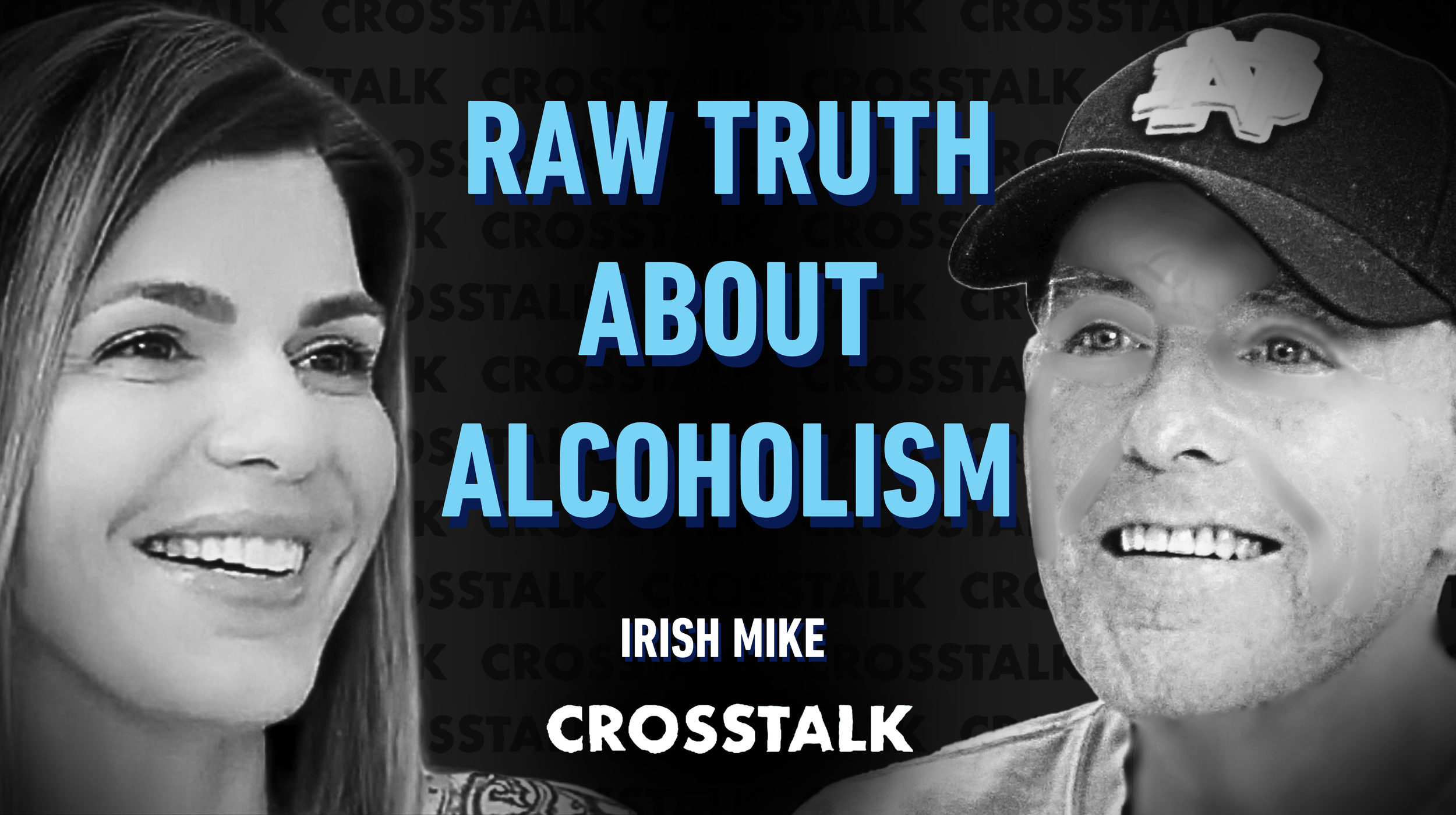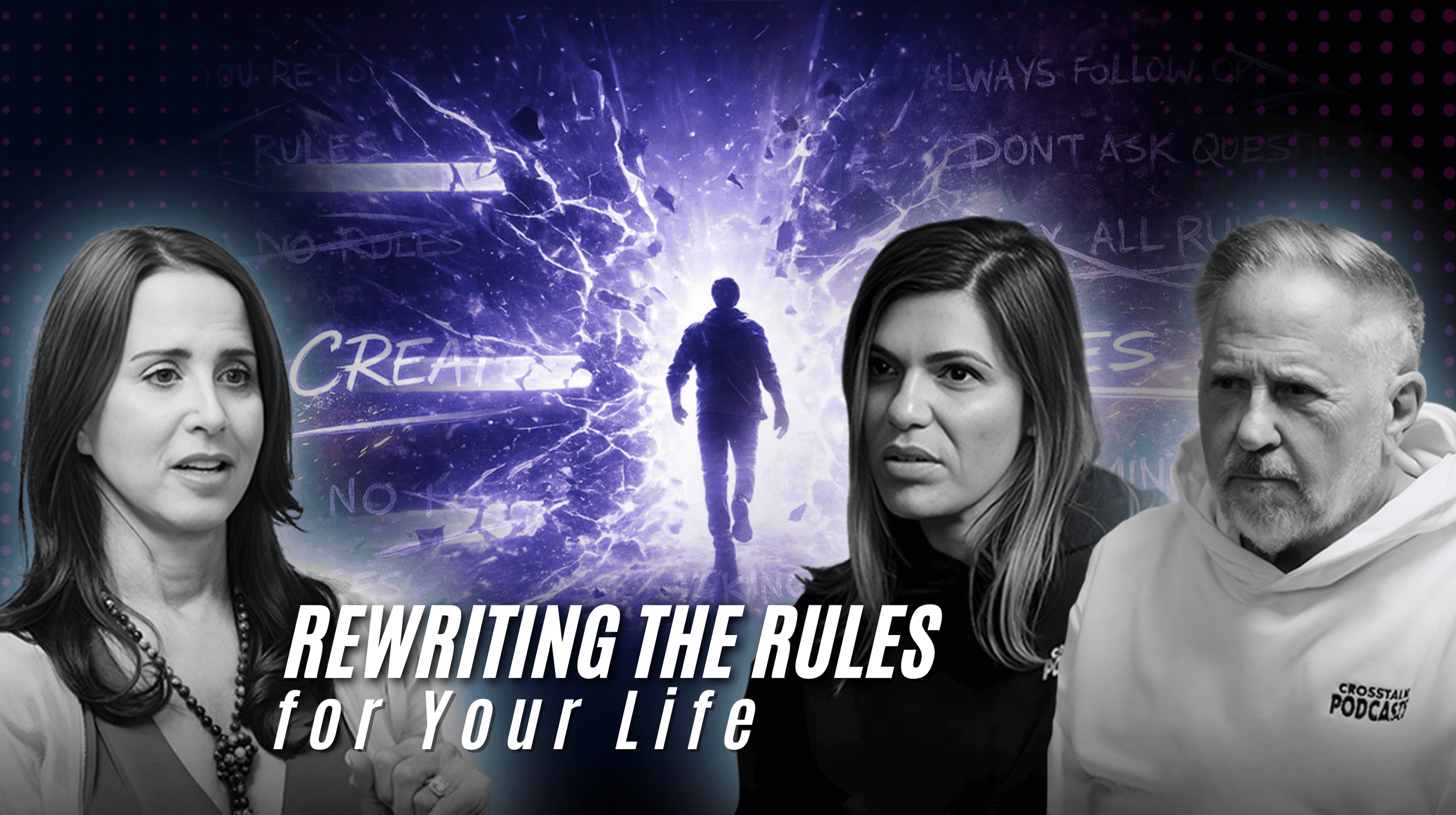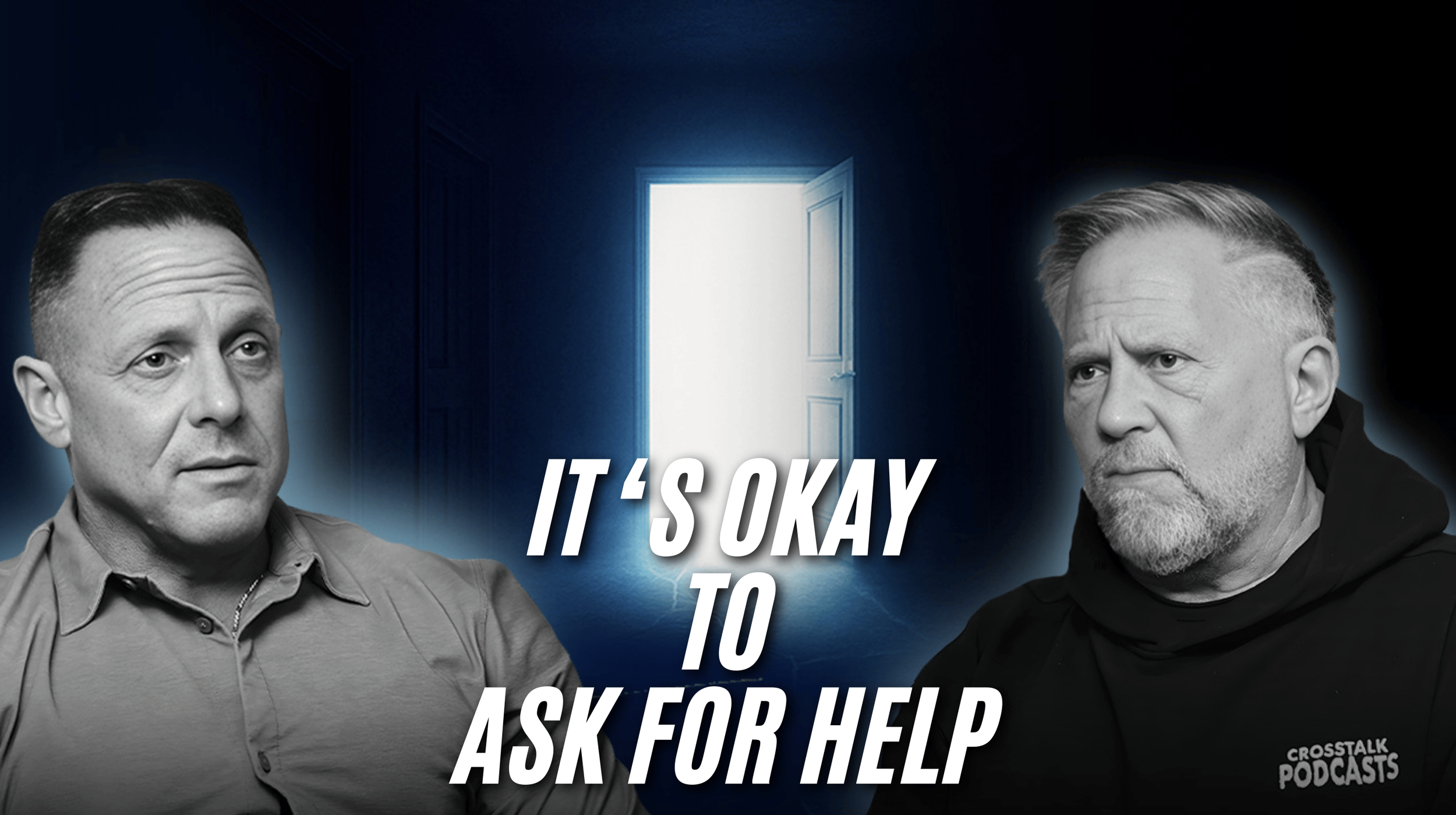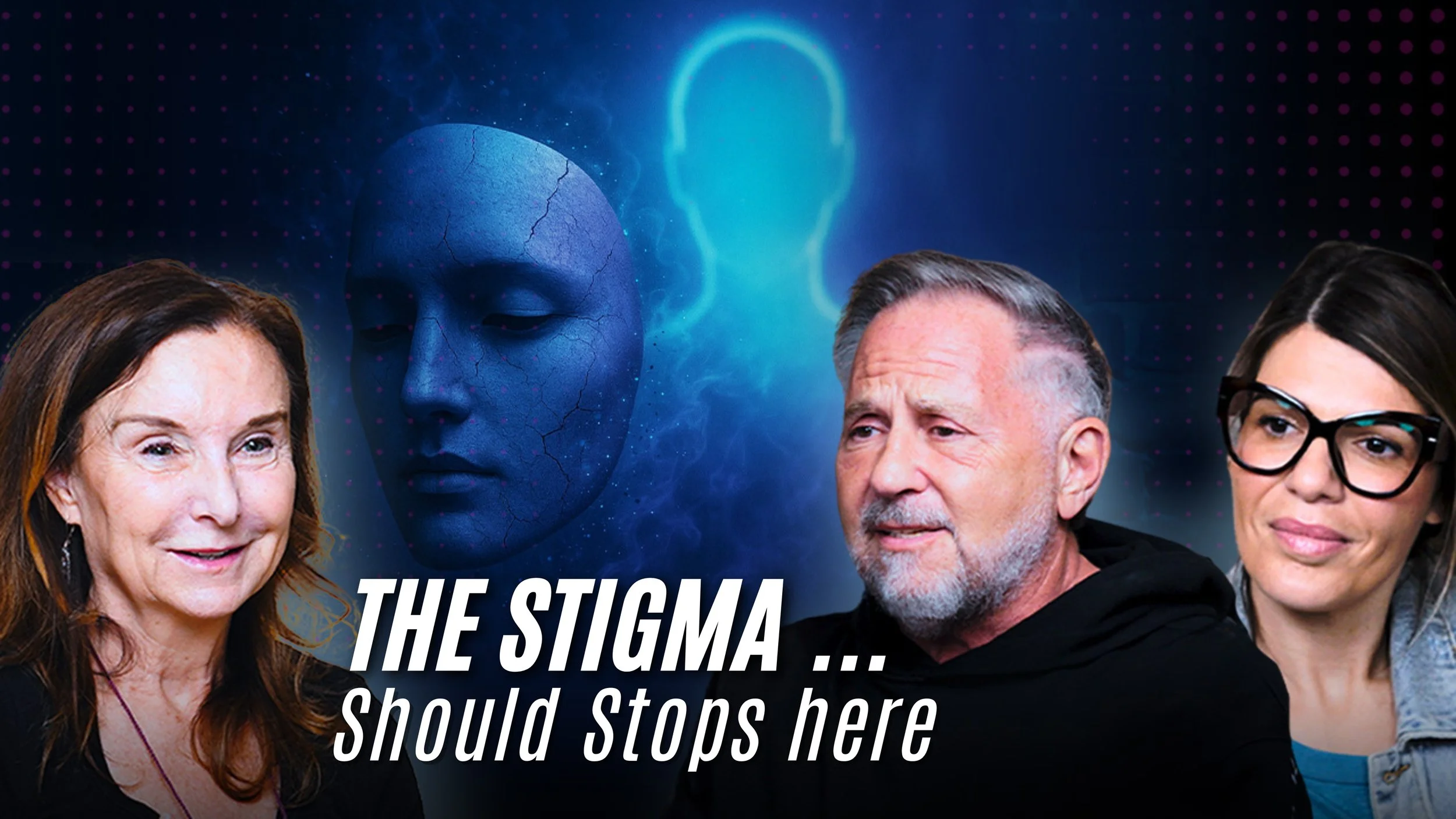LIVING A LIE | The RAW TRUTH About ALCOHOLISM and Finding SOBRIETY
Listen or watch on your favorite platforms
Show Notes
Meet Irish Mike, a charismatic storyteller who takes us through the highs and lows of growing up in a culture steeped in alcohol. His journey began in a Bronx neighborhood where drinking was a way of life, but it quickly spiraled out of control, leading him down a path of self-destruction.
Mike shares raw and unfiltered memories of his early life, from innocent playground drinks to waking up shaking with withdrawals. He opens up about his lowest points, the toll it took on his loved ones, and the life-changing decision to get help. Today, Mike lives a sober and fulfilling life, helping others on their journey to recovery.
Listeners will gain insight into the often-hidden struggles of alcoholism and learn how one man’s determination to change can inspire us all to seek a healthier and happier life.
What Things Looked Like Growing Up
Mike grew up in a tight-knit, working-class neighborhood in the Bronx during the 60s and 70s, where Irish, Italian, and Jewish communities lived side by side. Mike fondly recalls his childhood as vibrant and full of camaraderie, but beneath the surface, a culture of alcoholism thrived. Sunday mornings were marked by church, followed by gatherings at local bars—places where everyone knew each other and where alcohol flowed freely. This normalization of drinking made it an ever-present backdrop in his life. "I was doomed from the start," Mike reflects, believing that his genetics and environment set the stage for his struggles with alcohol. His mother’s brothers, city workers who frequently drank, became a model for the lifestyle he would later embrace.
First Time Engaging in Behavioral Addiction
Mike’s first drink was at 14, an innocent beer shared with friends in a playground while listening to Led Zeppelin and Black Sabbath. It was harmless fun at first, just another way to fit in and enjoy the social atmosphere. Little did Mike know that this simple act of rebellion would spiral into something far more insidious. The alcohol didn’t just ease his nerves; it became his coping mechanism, his escape. By college, inspired by movies like Animal House, Mike and his friends embraced a wild party culture, where drinking wasn’t just a pastime but a way of life.
Active Behavioral Addiction
During his 20s, Mike's drinking escalated methodically. He was living the high life—hitting all the hotspots like Studio 54, Red Parrot, and the Jersey Shore clubs. The progression was subtle, a slow build from fun nights out to mornings where he needed alcohol just to function. Mike describes the terror of waking up shaking, his heart racing, and desperate for his first drink of the day. "I had to drink. It wasn’t a choice anymore," he explains. This dependency affected not just him but everyone around him. He would pretend to be the responsible neighbor, carrying groceries and dry cleaning early in the morning to mask his intoxication, but it was all a facade hiding a deep-seated problem.
Hitting Bottom
Mike's lowest point came when his drinking crossed the line from social lubrication to desperate self-medication. His days began with a frantic dash to his car, which doubled as a rolling liquor cabinet. If he couldn’t find alcohol, he’d resort to drinking Listerine to quell his shakes. The consequences of his actions were severe; his relationships crumbled, and he faced multiple arrests. It was only after being confronted by a fellow AA member that Mike realized he couldn’t keep living this way. “I had to look in the mirror and say, ‘I did this. I wrecked my life with my use and abuse of alcohol,’” he admits.
Getting Help
Mike’s road to recovery began with a pivotal call from an AA member who told his wife, “He can’t be trusted with his freedom.” Following yet another arrest, Mike went to a treatment center in New York that changed his life. Immersed in a 12-step program, Mike began to uncover the deep-seated issues that fueled his addiction. He found solace in the fellowship of others who had walked similar paths. The process wasn’t easy, but Mike stayed committed. Through the support of old-timers who refused to let him blame others, Mike slowly rebuilt his life, one day at a time.
What Things Look Like Today
Today, Mike is 68 and living a life he never imagined possible. “I love life. It’s been a great journey,” he says, radiating gratitude. Recovery has transformed not only his relationship with alcohol but also his relationships with his family, friends, and himself. Mike continues to give back, helping newcomers navigate their own journeys to sobriety. He’s learned that recovery isn’t just about not drinking; it’s about embracing life fully. “Welcome to the Magic Kingdom,” Mike says to those just starting their journey, a testament to the beautiful life waiting on the other side of addiction.
FAQs
What are the signs of alcohol addiction?
Signs include increased tolerance, withdrawal symptoms, and drinking despite negative consequences.
How does alcohol affect family dynamics?
Alcohol abuse often leads to strained relationships, emotional neglect, and sometimes abuse.
What’s the difference between self-medication and social drinking?
Social drinking is occasional and controlled, while self-medication is using alcohol to manage stress or emotions.
Can genetics play a role in addiction?
Yes, genetics can increase the likelihood of developing an addiction, though environment and choices also play significant roles.
What are some effective methods of recovery?
Recovery methods include 12-step programs, therapy, medication, and support from sober communities.
Related episodes
ABOUT CROSSTALK
CROSSTALK reveals real stories of everyday people and notable figures, sharing their journeys from struggles to life-changing 'aha' moments with all kinds .




















